Interior painters by Walls Painting — flawless walls you’ll love, done without the hassle
Rediscover a home that reflects you with Walls Painting’s interior painters
Erase marks and damage
Refresh faded, dated walls
Choose colors that fit you
Create warm, elegant ambiance
Restore pride in inviting
Enjoy flawless, worry-free results
What Clients Often Experience
- Dull, damaged walls with visible marks
- Faded colors that no longer fit
- Embarrassed to invite friends or family
- Peeling paint, flaws, tired-looking rooms
What Walls Painting Does Differently
- Flawless, crisp walls that feel new
- Colors tailored to your style
- Proud to welcome anyone, anytime
- Fresh, timeless finish that looks renewed
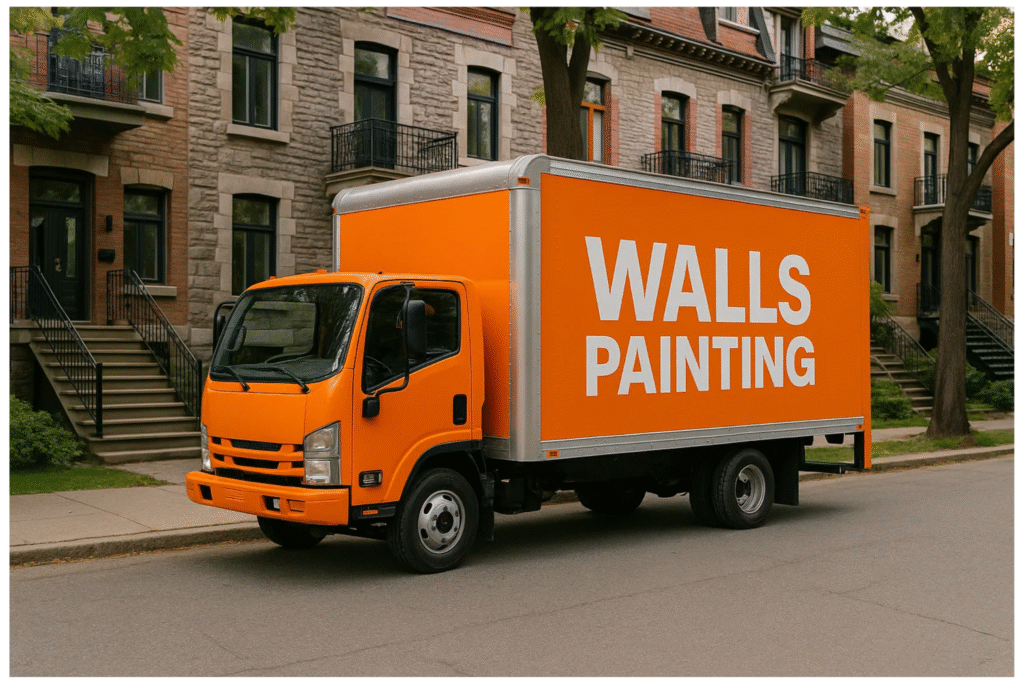
About us
We know how it feels when walls look dull, scuffed, or peeling. When colors no longer fit your taste, it’s hard to feel proud inviting guests. Your home should reflect you—not look tired or neglected.
Walls Painting makes it effortless to renew your space. As your interior painters, we prepare meticulously, guide color choices, and deliver a smooth, even finish—so your rooms feel harmonious, fresh, and truly yours, without stress or wasted time.
Homeowners trust us: 5/5 on Google, with glowing reviews for care, punctuality, and spotless clean-up. You’ll work with a friendly, respectful team that communicates clearly—and treats your home like their own, from first sample to final walkthrough
What our loyal customers say about us
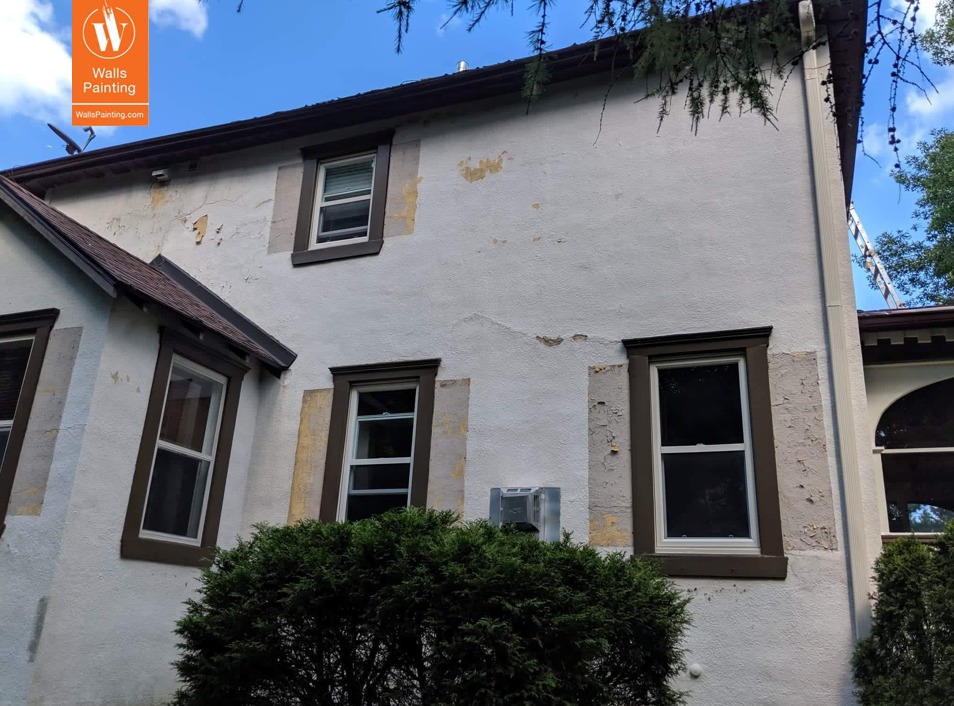
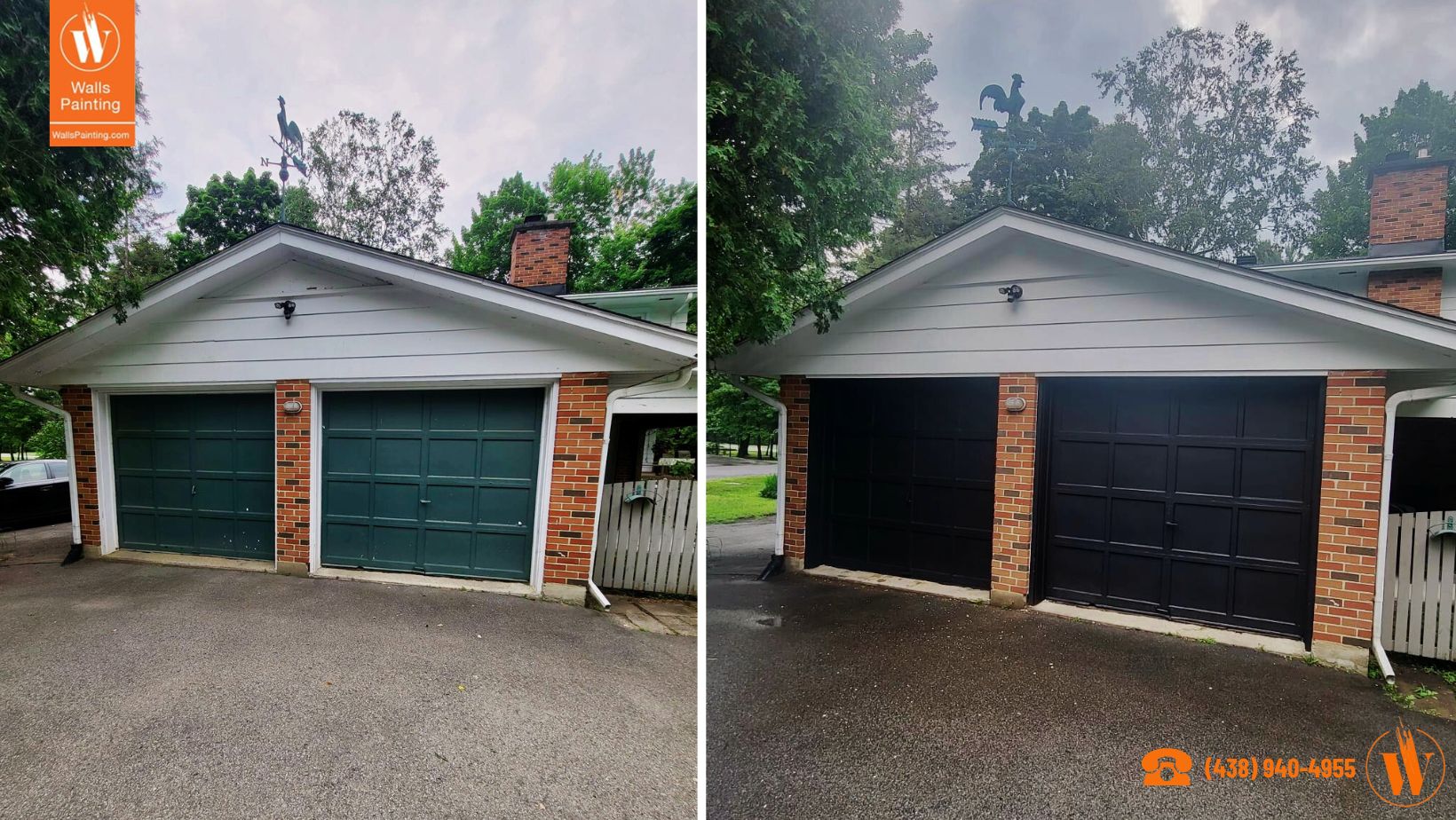
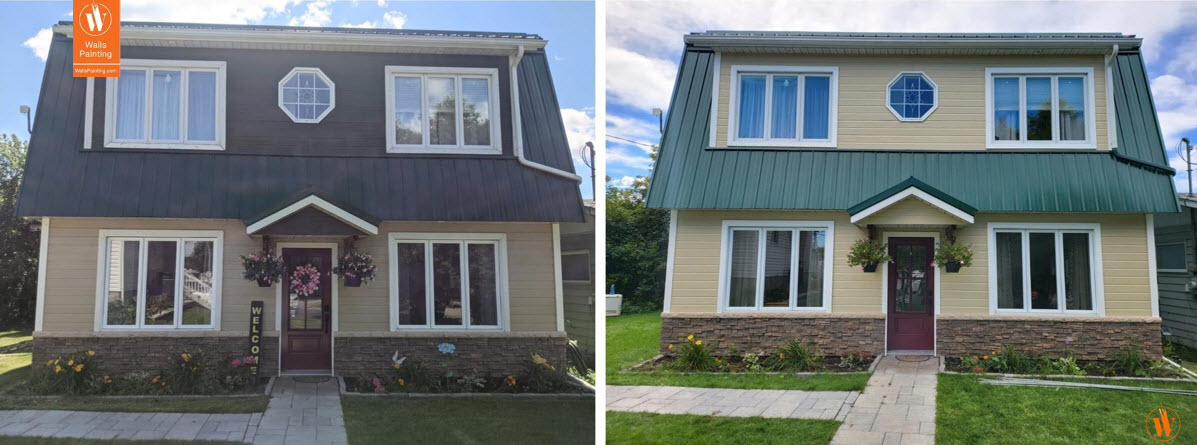
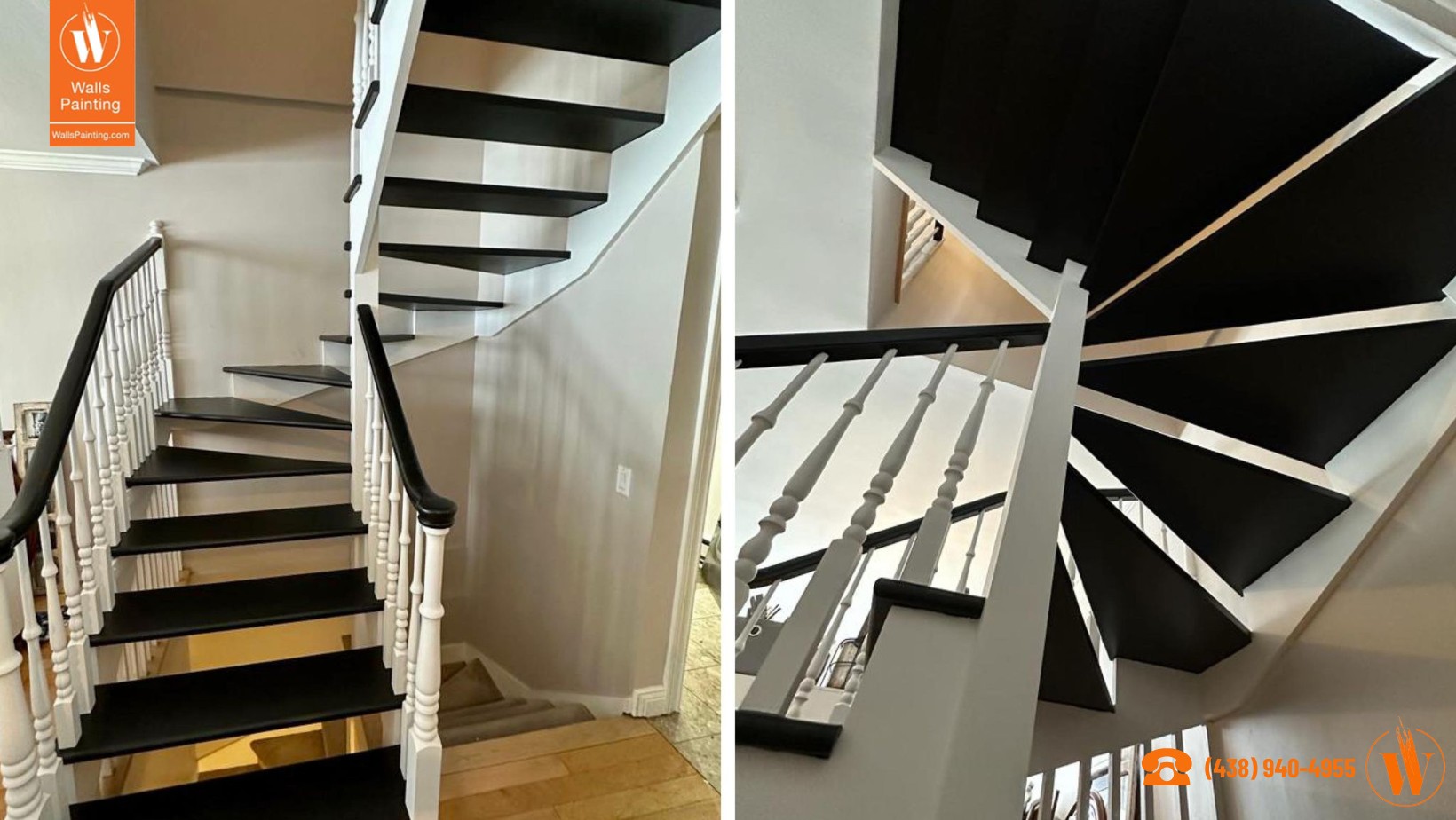
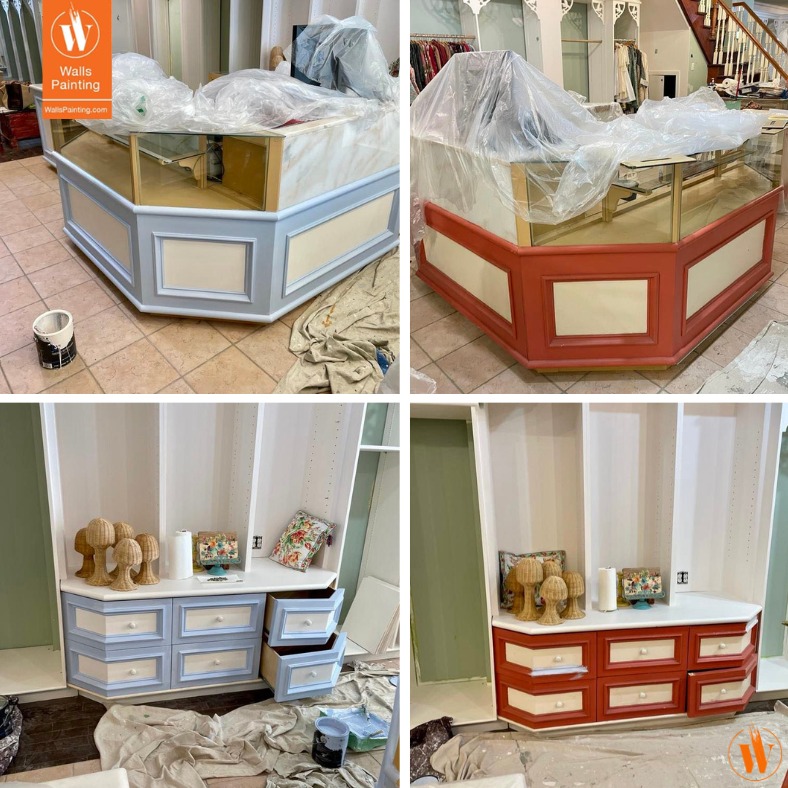

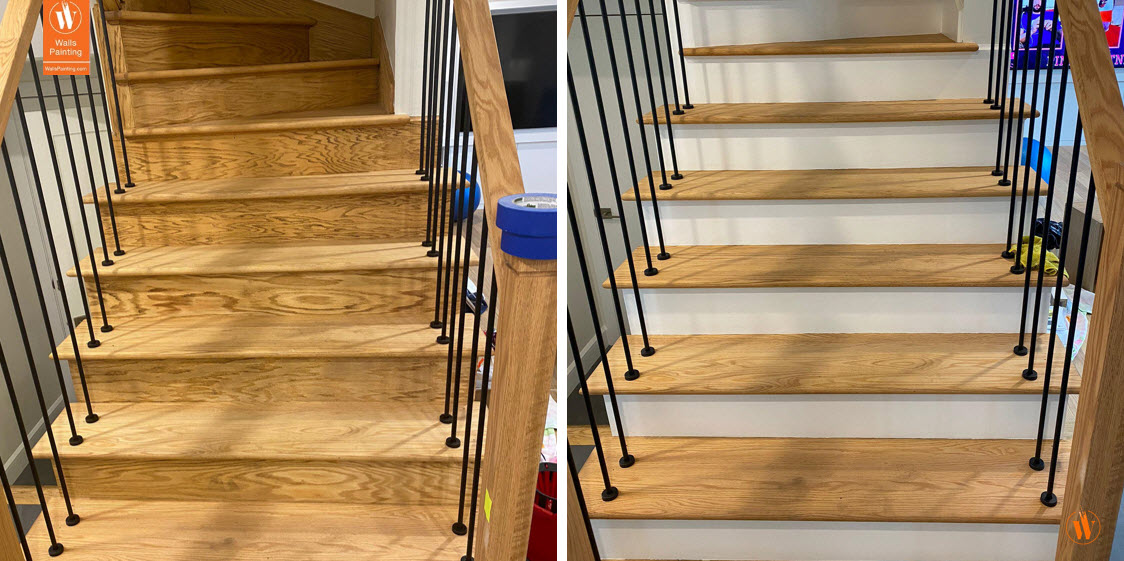
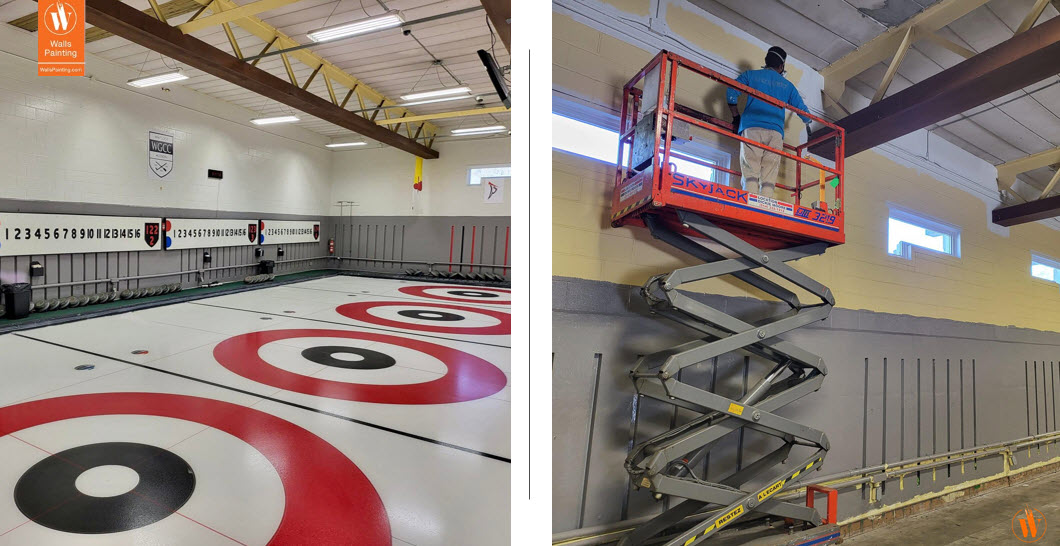
Our Signature in Action
Discover a selection of our most impactful projects, showcasing the quality, creativity, and expertise we bring to every client collaboration
Simple, Structured, Efficient: Our Interior Painting Process
Consultation & Color Plan
Walls Painting visits, understands your style, suggests colors, and gives a clear, fixed-price quote with no surprises.
Prep, Repairs, Protection
We fix cracks and peeling, smooth walls, and protect floors and furniture, so your home stays clean and worry-free.
Flawless Paint, Final Check
Walls Painting’s interior painting service uses premium paints and delivers crisp, clean lines—followed by a walkthrough to ensure you're completely satisfied.
Multiple ways to refresh your home, from interior painting to personalized upgrades. Choose the service that truly fits your goals.
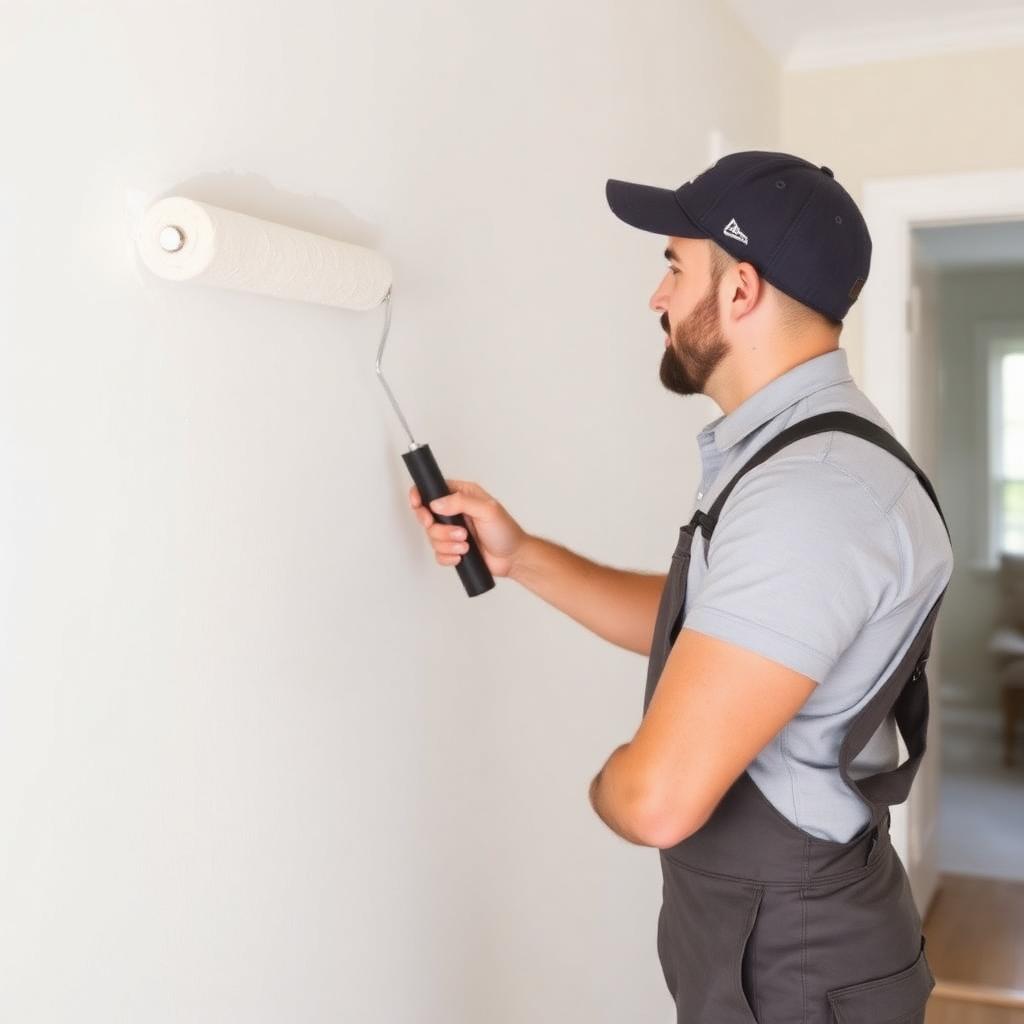
We smooth away years of wear—repairing, sanding, and priming surfaces to create a clean canvas that ensures durable, designer-level finishes in every room.
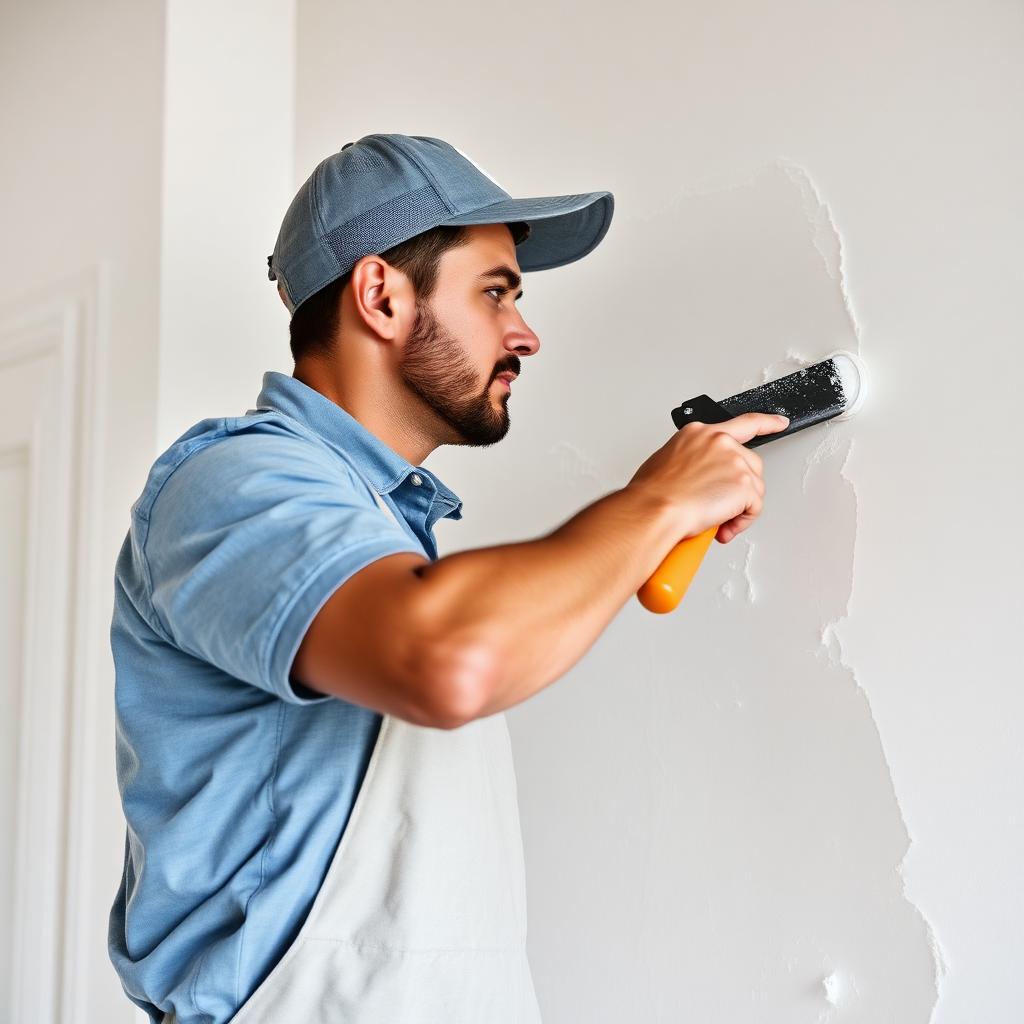
Our even, streak-free application revitalizes dull walls and ceilings. With modern tones and seamless edges, your rooms feel larger, brighter, and freshly renewed.

Polished trims and doors with crisp lines bring structure and sophistication. It’s the kind of detail that makes every corner look intentional and beautifully crafted.
Our Commitment to You
At Walls Painting, every project follows a clear, documented process: detailed assessment, honest recommendations, precise preparation, respectful protection of spaces, and careful finishing—delivered by trained professionals who value timelines, cleanliness, and consistent communication.
You get a single, reachable point of contact from day one, proactive updates at each stage, and clear next steps. We answer questions quickly, help with decisions, and keep you informed before, during, and after.
Our Interior painters adjust schedules to your rhythm, refine colors on-site if needed, and offer practical aftercare advice—so the finish fits your daily life as well as your personal style.
Ethics first: clear communication, transparent estimates, and respect for your space—so you always know what we’re doing, why, and how it serves the home you want to live in.

Interior Painters Near You : Available Across Multiple Areas

See services in Montérégie
Transform your space with our trusted interior painters.

Our offers in Montreal
We offer professional painting solutions for a stunning home makeover.
FAQ
What do your local interior painting teams do to manage tight schedules during the busy season while still maintaining top quality?
🖌️ Capacity planning and crew structure
We forecast demand 8–12 weeks out using last year’s data, builder calendars, and vendor lead times. We right-size crews by skill mix; each crew has a working lead; cross-trained finishers handle cut-in, rolling, and trim. We deploy floaters to absorb overruns and cap work-in-progress to avoid spreading people thin. For fast turnaround, local interior painters leverage job kitting: paint, sundries, and protection pre-staged by room to minimize idle time. Coordination with adjacent trades reduces rework and wait time during the busy season.
🖌 Scheduling, sequencing, and prep
We lock scope and colors before mobilization; pre-walks confirm substrate readiness and furniture plans. Local interior painters schedule in tight sequences: day 1 protection and patching, day 2 prime and ceilings, day 3 walls and trim, with buffer windows for drying and inspections. We use digital calendars with dependencies and traffic constraints; arrivals are staggered to limit parking or elevator congestion. We do not compress manufacturer dry times; if humidity spikes, we switch to fast-dry systems rated for the conditions or add air movement per spec, not shortcuts. Room-by-room sign‑offs prevent clashes and allow partial turnovers without quality drift.
🖌 Quality control and communicatione
We define quality benchmarks per spec sheets and PDCA guidelines; local interior painters document film thickness, coverage, and batch numbers. Checkpoints include light-pole inspection, tape-pull on masking, and punchlist scans at each room handoff. Clients receive concise daily updates with progress vs plan, discovered issues, and next-day crew counts. At closeout, we label leftover paint, record color codes, and capture photos, which streamlines touch-ups without disrupting the fast turnaround in the busy season. These artifacts create traceability for manufacturer support and inform future scheduling assumptions.
How does Walls Painting run its color consultation process to help homeowners choose hues that match their style while using paints and finishes readily available in the local market?
🖌️ Discovery and style mapping
We start the color consultation process with a short questionnaire and a walkthrough, on-site or virtual. We catalog fixed elements such as floors, counters, and trim, as well as lighting conditions by orientation and bulb type, plus how each room is used. We review inspirational references and define undertone preferences to translate style into clear selection criteria. This framework narrows choices to two or three directionally distinct palettes that align with the home and daily routines.
🖌 Sampling, lighting tests, and local market verification
We apply labeled brush-outs or peel-and-stick samples on multiple walls and observe them across a full day–night cycle. We compare swatches against key materials and account for metamerism under warm and cool light to refine hue and depth. In parallel, we verify the local market for readily available paint lines, bases, and finishes, including lead times, VOC regulations, and tinting capabilities. When a shade is proprietary, we source local equivalents or provide cross-brand matches validated at the retailer counter.
🖌 Palette finalization, finishes, and documentation
We finalize a primary, secondary, and accent scheme with sheen recommendations by substrate and traffic level. Specifications include paint brand, product line, color codes, LRV, finish by surface, room-by-room scope, and estimated coverage to aid budgeting and ordering. We flag surfaces needing primers or stain blockers and note curing and recoat intervals for planning. Walls Painting then assembles a concise brief so the selected hues and finishes can be executed consistently by any painter or during a DIY project.
What surface preparation and repair steps (plastering, sanding, filling) do you prioritize to fix dull, peeling, or marked walls so the final finish endures our area’s climate and wear?
🖌️ Diagnose and stabilize the surfaceg
We start by confirming the root causes before any surface preparation and repair steps. Adhesion is checked with a cross-hatch test, moisture with a meter (targeting under 15% for gypsum), and chalking by a wipe test. Peeling areas are scraped back to sound substrate, contaminants are removed with a degreaser, and mold or efflorescence is treated and neutralized. On glossy or previously oil-painted walls, we degloss mechanically and plan for a bonding primer to ensure the next coats key properly.
🖌 Repair defects with plastering, sanding, filling
We remove all loose material, then feather edges with 80–120 grit and refine with 150–180 grit to blend profiles. Cracks are bridged with mesh tape and a setting-type compound (20/45/90-minute) for stable filling; deeper voids are built in thin lifts. Dull or uneven walls receive a skim coat plastering pass (1–2 mm) to unify porosity and texture, followed by fine sanding at 180–220 grit and thorough HEPA dust removal. Throughout, we sequence plastering, sanding, filling so each layer bonds to a clean, profiled surface.
🖌 Prime and finish for climate and wear
To ensure the final finish endures our area’s climate and wear, we match primer to conditions: bonding primer over slick or previously oil-coated walls, stain-blocking primer for water or tannin marks, alkali-resistant primer for new plaster, and vapor-permeable primers in humid interiors. Joints and gaps are sealed with paintable, flexible caulk to accommodate seasonal movement. We respect manufacturer cure times and apply topcoats within safe temperature and dew-point windows. In high-traffic zones, we choose scuff-resistant finishes and schedule maintenance intervals appropriate to the expected wear.
Which eco-friendly and low‑VOC paint options do interior painters near you recommend, given local supply and regulations, to ensure a healthier indoor atmosphere?
🖌️ How local rules guide safer choices
We look for eco-friendly and low‑VOC paint options that meet regional limits such as SCAQMD Rule 1113 (often ≤50 g/L for most interior categories), the Canada’s VOC Concentration Limits for Architectural Coatings. Beyond VOC content, we prioritize third‑party emission certifications like GREENGUARD Gold, Blue Angel, EC1PLUS, or AgBB, which assess indoor air impacts after application. Because tinting can add VOCs, we request zero‑VOC colorant systems and verify actual tinted VOC in the Safety Data Sheet. This approach aligns with local regulations while focusing on real‑world indoor air quality.
🖌 Recommended paint types and where they fit
WFor walls and ceilings, we favor zero‑VOC waterborne acrylics with high coverage; these eco-friendly and low‑VOC paint options balance durability with fast re‑occupancy. On mineral substrates, potassium‑silicate or lime-based paints provide breathable finishes and very low emissions when sourced from compliant suppliers. For doors and trim, waterborne alkyds (including plant‑based binders) offer a harder film with VOC levels commonly ≤50 g/L. Specialty cases like furniture can benefit from milk paint or clay paint, sealed with a low‑VOC topcoat compatible with local regulations.
🖌 Verifying availability and minimizing exposure on site
We confirm local availability by asking distributors for current SDS, emissions certificates, and batch VOC data for the exact base and color. To keep a healthier indoor atmosphere with eco-friendly and low‑VOC paint options, we plan adequate ventilation, choose low‑odor primers and caulks, and avoid solvent‑rich cleaners. We also sample for sheen and coverage to reduce extra coats, and we schedule work so curing occurs when spaces can be aired. Leftover materials and rinse water are handled per municipal hazardous‑waste rules to prevent indoor and environmental contamination.
How does Walls Painting minimize disruption on-site—through dust containment, after‑hours work, or coordination with other local trades—considering typical contractor manpower and timelines in the area?
🖌 Dust containment and clean work zones
To minimize disruption on-site, Walls Painting establishes dust containment using floor‑to‑ceiling poly, zip‑door barriers, and negative air with HEPA filtration. We sand with vacuum‑assisted tools, protect floors and fixtures with rigid boards and poly, and use tack mats plus end‑of‑shift cleaning to keep circulation areas clear. Access routes and work zones are signed and isolated, and high‑dust steps are batched into short windows to reduce overlap with occupants. Air scrubbers remain running through cleanup, and we verify cleanliness visually and with surface checks before removing containment.
🖌 After-hours work and phased scheduling
When after‑hours work is beneficial, Walls Painting schedules evening, early‑morning, or weekend shifts aligned with building quiet hours and security protocols. We phase spaces by zone (offices, corridors, cores) to deliver room‑by‑room turnovers and respect cure times before re‑occupation. For planning in this area, typical manpower ranges from 2–6 painters on site, with productivity around 600–1,000 sq ft of finished wall area per painter‑day, depending on substrate and coating system. Noise‑ or odor‑intensive steps (priming, light demolition, spray) are assigned to off‑peak windows, paired with low‑VOC materials and active ventilation when specified.
🖌 Coordination with other local trades and site logistics
Effective coordination with other local trades is central to how Walls Painting minimize disruption on‑site. We use a two‑ to three‑week look‑ahead, daily check‑ins, and shared logistics (lifts, hoarding, loading dock and elevator bookings) to avoid trade stacking. Finish sequencing is documented: drywall closeout and punch, primer approval, first coat after MEP rough‑ins, final coat after ceiling grid, casework, and flooring, with touch‑ups post‑commissioning. If timelines tighten in the area, we adjust by splitting crews across phases or adding swing shifts and raise RFIs when substrate readiness (moisture, temperature, smoothness) could affect schedule.
What post‑painting services (touch‑up service, maintenance advice, workmanship warranty) do local teams provide to help homeowners keep their refreshed interiors looking great and feel proud of their home?
🖌 Touch‑up service after completion
We include practical post‑painting services designed to handle minor issues that appear as a home settles. A touch‑up visit can address small nicks, nail pops, minor caulk settlement, or light scuffs in high‑traffic areas. Scheduling is simple: share photos and room locations, and we plan a focused visit that typically takes under two hours. Leftover, labeled paint is provided for future touch‑ups, and color data is archived so the same shade and sheen can be matched later.
🖌 Maintenance advice to preserve the finish
Post‑painting services also cover clear guidance on caring for fresh paint so it lasts. We advise allowing 2–4 weeks of cure time before washing, then using a soft microfiber cloth and pH‑neutral soap; avoid abrasives and aggressive “eraser” sponges on low‑sheen walls. Keep interiors between 40–60% relative humidity, ventilate bathrooms and kitchens, and protect corners and baseboards in high‑traffic zones. For small touch‑ups, stir paint thoroughly, use a small angled brush, and feather edges to blend; note room, color, and date on each can for quick reference.
🖌 Workmanship warranty and how it works
A workmanship warranty is part of these post‑painting services, typically covering interior work for 2–3 years depending on location. It applies to issues like peeling, blistering, or flaking caused by surface prep or application. Exclusions usually include water intrusion, structural movement, stains, normal wear, and customer‑supplied products. To request service, submit photos and a brief description; we review, schedule an on‑site assessment, and complete warranted repairs using the documented system, color, and sheen used on the project.
